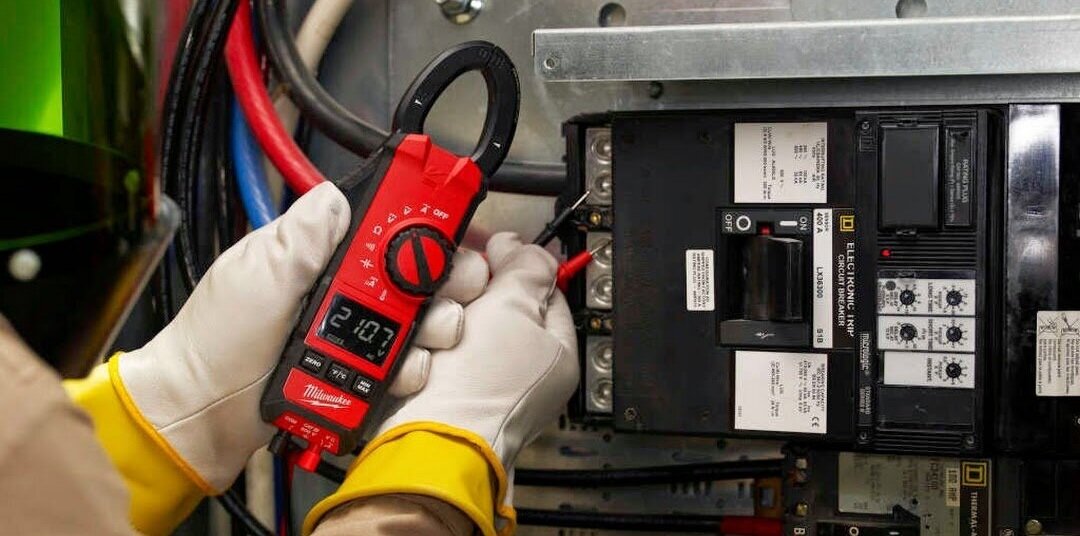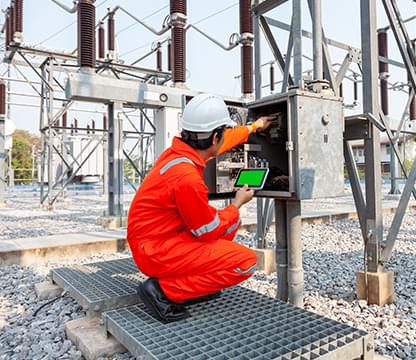Maintain compliance with trusted regulatory compliance assistance for your projects.
Wiki Article
Top Tips for Effective Electric System Troubleshooting
Troubleshooting electrical systems needs a systematic method, grounded in a comprehensive understanding of electric principles and safety protocols. By familiarizing oneself with circuit elements, making use of crucial tools, and sticking to a structured evaluation approach, specialists can effectively identify and deal with issues. However, the nuances of efficient fixing expand past plain technological understanding; recognizing just how to record findings and prioritize safety and security can significantly influence outcomes. As we check out these vital elements additionally, it comes to be clear that grasping this procedure is not simply beneficial yet crucial for success in the area.Understand the Basics
Recognizing the fundamentals of electric systems is essential for reliable troubleshooting, as a strong structure allows specialists to diagnose and solve issues a lot more efficiently. An extensive understanding of electric concepts, such as voltage, present, resistance, and power, is critical in determining the source of problems. Voltage is the electrical prospective distinction that drives existing through a circuit, while resistance opposes the flow of present, affecting the overall performance of the system.Familiarity with circuit parts, consisting of resistors, capacitors, diodes, and switches over, is additionally paramount. Each element plays a distinctive duty in circuit habits and can affect performance when malfunctioning. Additionally, recognizing collection and identical circuit configurations is vital, as these arrangements affect the distribution of voltage and current within the system.
In addition, expertise of safety methods is crucial. Technicians need to know potential risks, such as shock and brief circuits, to apply risk-free troubleshooting methods. By understanding these foundational concepts, service technicians boost their capability to carry out efficient diagnostics and repair services, eventually bring about enhanced performance and integrity of electrical systems. This fundamental understanding is the foundation of effective repairing undertakings.
Gather Necessary Tools
Efficient troubleshooting of electric systems calls for the appropriate collection of tools to detect and solve concerns accurately. A fully equipped technician can dramatically boost performance and effectiveness in identifying issues. Essential tools include a multimeter, which gauges voltage, present, and resistance, enabling for exact evaluations of electrical parts. Clamp meters are also useful for measuring existing without detaching the circuit, making certain safety and security and ease.In addition, shielded hand devices such as screwdrivers, pliers, and cord pole dancers are critical for safely controling electric connections. It is additionally advisable to have a circuit tester available to confirm the presence of voltage in outlets and wires. For more complicated systems, a thermal imaging cam can help find overheating parts, suggesting possible failures.

Adhere To a Methodical Method
Having collected the appropriate tools, the following action in troubleshooting electrical systems is to comply with a methodical strategy. A methodical approach guarantees that specialists can recognize faults efficiently and precisely, reducing downtime and avoiding unnecessary repair services.Begin by evaluating the system's schematic diagrams and specs. Comprehending the layout and functional specifications will certainly supply context for diagnosing problems. Next, isolate the issue area by utilizing a process of removal. This involves checking each element methodically, beginning from the source of power and functioning in the direction of the load.
Use screening devices, such as mechanical system optimisation support multimeters and oscilloscopes, to gather unbiased information regarding voltage, current, and resistance at various points within the system. This empirical proof will assist your troubleshooting efforts and assist to verify or eliminate prospective reasons of failing.
In addition, consider ecological aspects that may affect the system's efficiency, such as temperature level variations or moisture ingress. A detailed assessment of electrical wiring, links, and parts will certainly guarantee that all opportunities are represented.
Paper Your Searchings For
Detailed documentation is important in the troubleshooting process of electrical systems. This method not only aids in comprehending the origin cause of the problem but additionally offers as a referral for future troubleshooting efforts.
Additionally, keeping a log of components replaced or repairs executed is vital. This details sustains stock management and can aid examine the longevity and integrity of certain elements.
Ultimately, the documents procedure must be complete yet concise, allowing easy access and review - electrical system troubleshooting. By prioritizing detailed paperwork, service technicians can create a beneficial expertise base that not only aids in existing troubleshooting yet additionally equips future upkeep efforts, therefore enhancing total system dependability

Prioritize Safety Procedures
Recognizing the intrinsic threats related to electric systems is vital for making certain security throughout troubleshooting. Electric shock, burns, and equipment damages are simply a few of the potential risks that professionals face. Prioritizing precaution is not only a legal responsibility yet also a moral critical that safeguards both the technician and the surrounding atmosphere.Prior to starting any kind of troubleshooting task, specialists ought to put on ideal individual safety equipment (PPE), including insulated gloves, security glasses, and flame-resistant garments. Making certain that the workplace is completely dry and devoid of mess can significantly reduce the risk of accidents. Additionally, it is vital to de-energize circuits prior to beginning any type of work, verifying that they are not live with using a multimeter or voltage tester.
Establishing clear communication protocols with staff member is additionally crucial; this makes sure that everybody understands potential threats and the standing of the electric system being worked with. Lastly, having an emergency reaction plan in position can confirm vital in the occasion of an occurrence. By prioritizing precaution, professionals can successfully reduce risks and cultivate a much safer office.
Final Thought
Effective electric system repairing relies on a detailed understanding of basic principles and a systematic method. Focusing on safety steps makes sure the health of people involved and the integrity of the electrical system.Report this wiki page